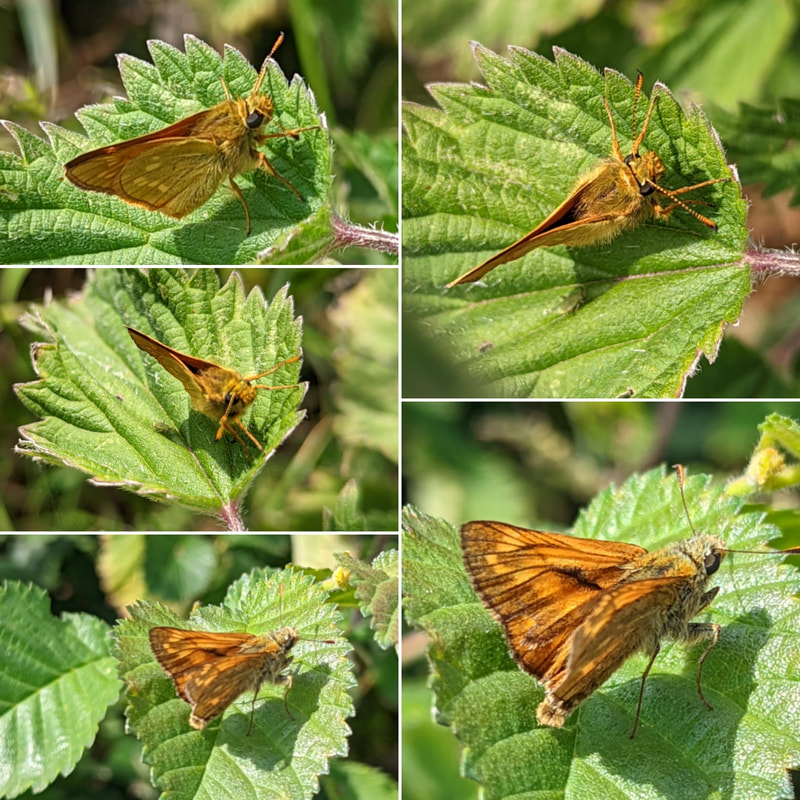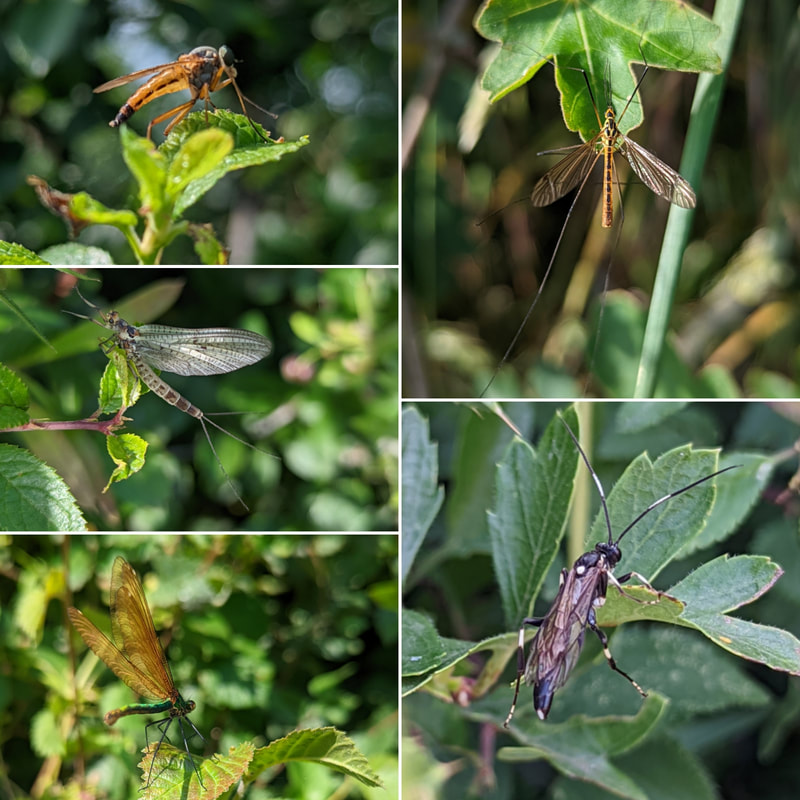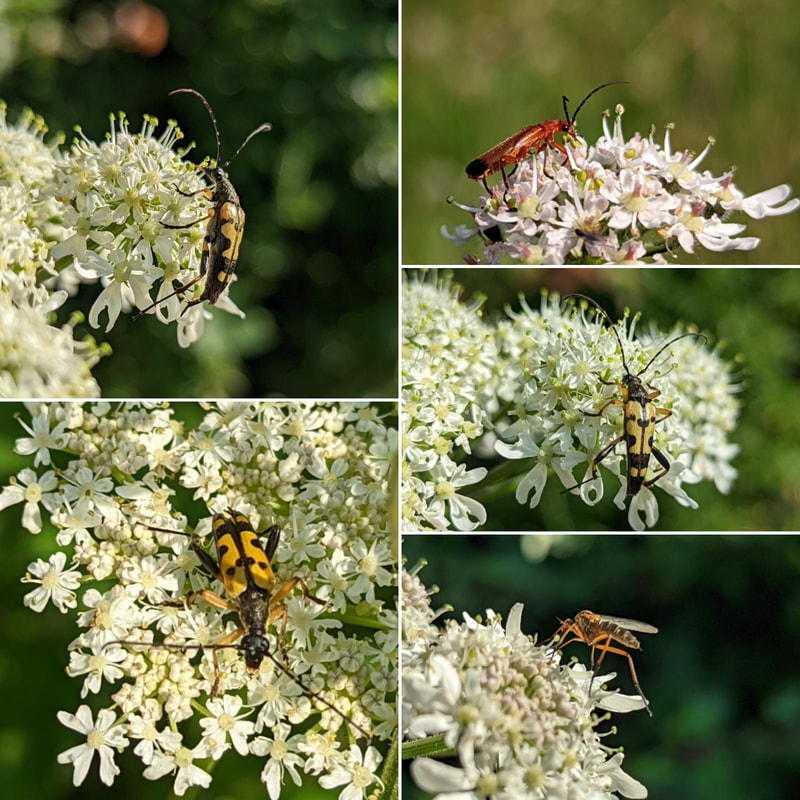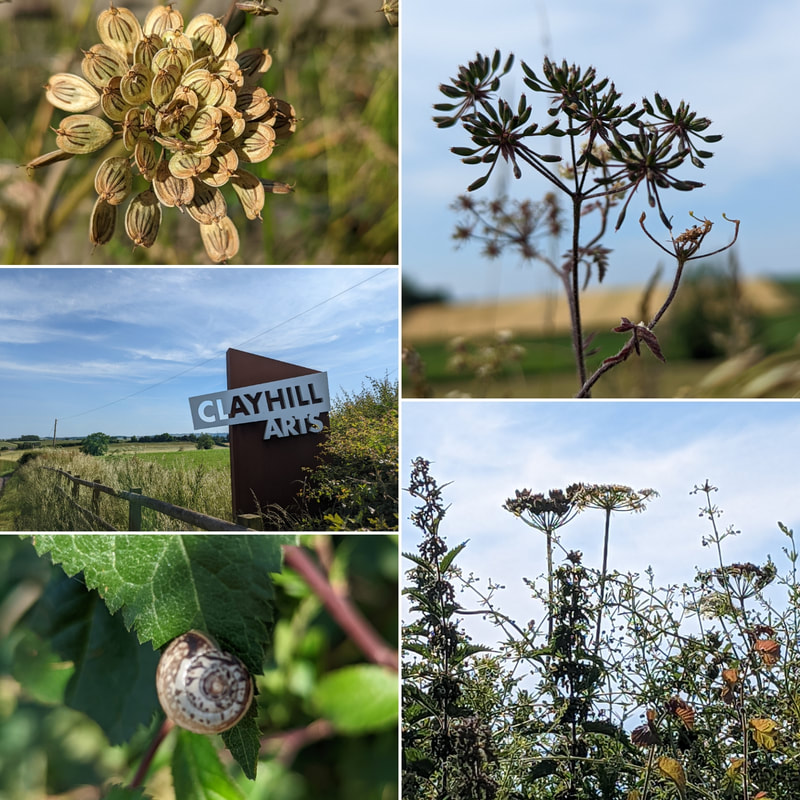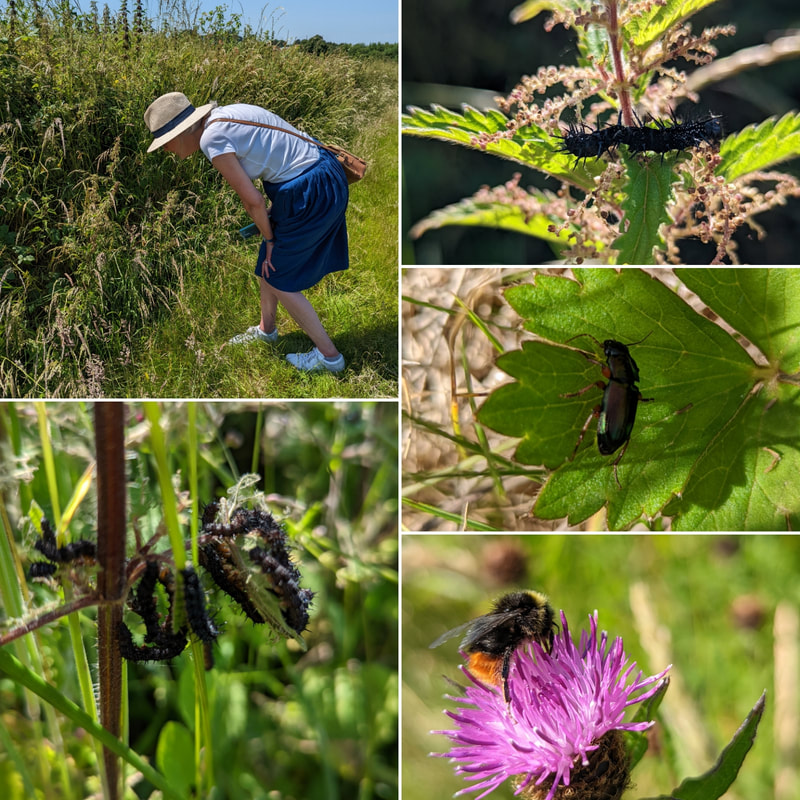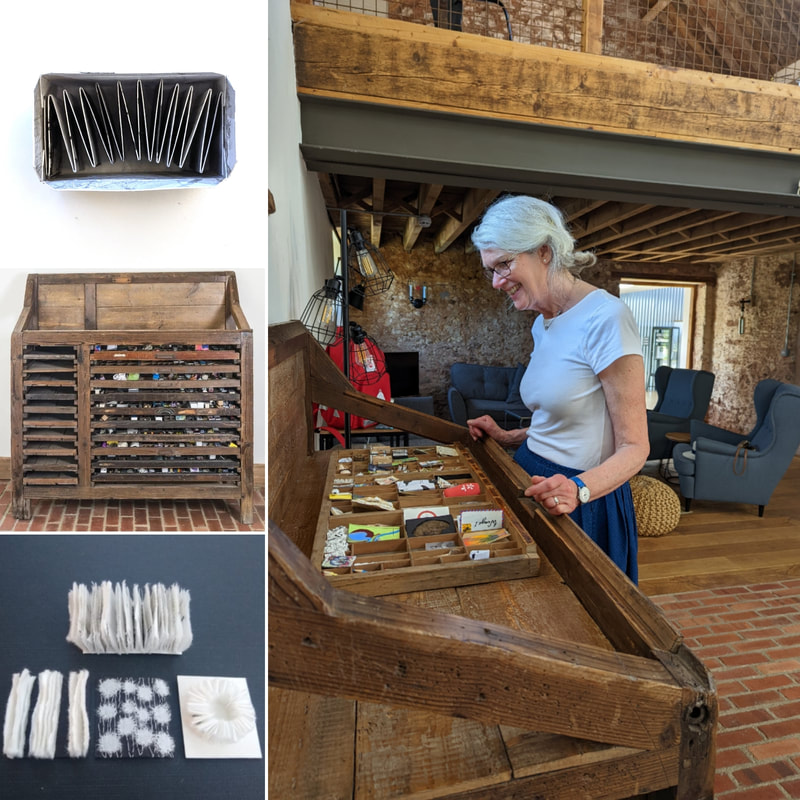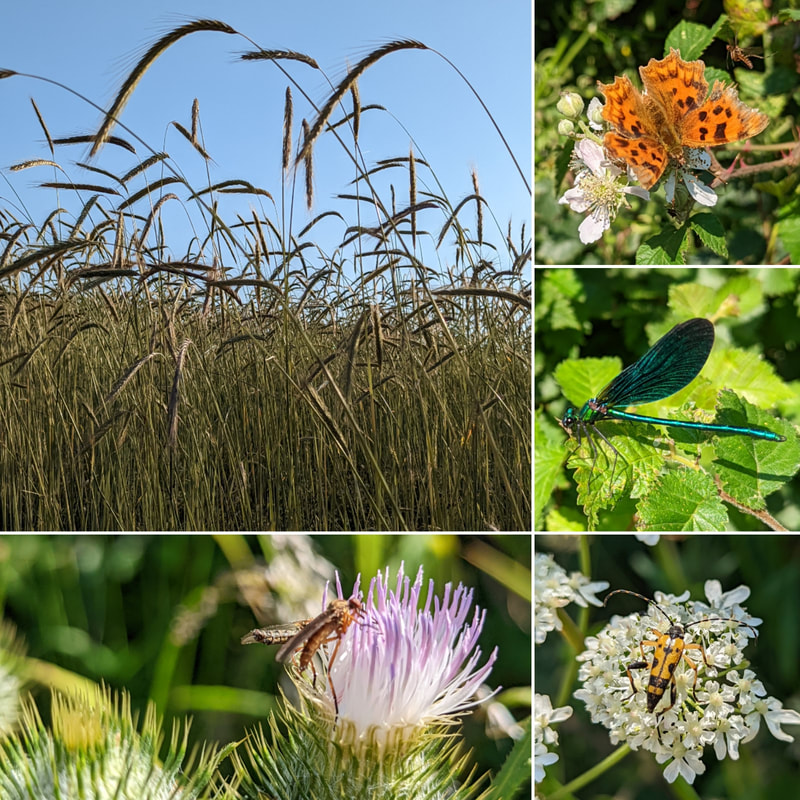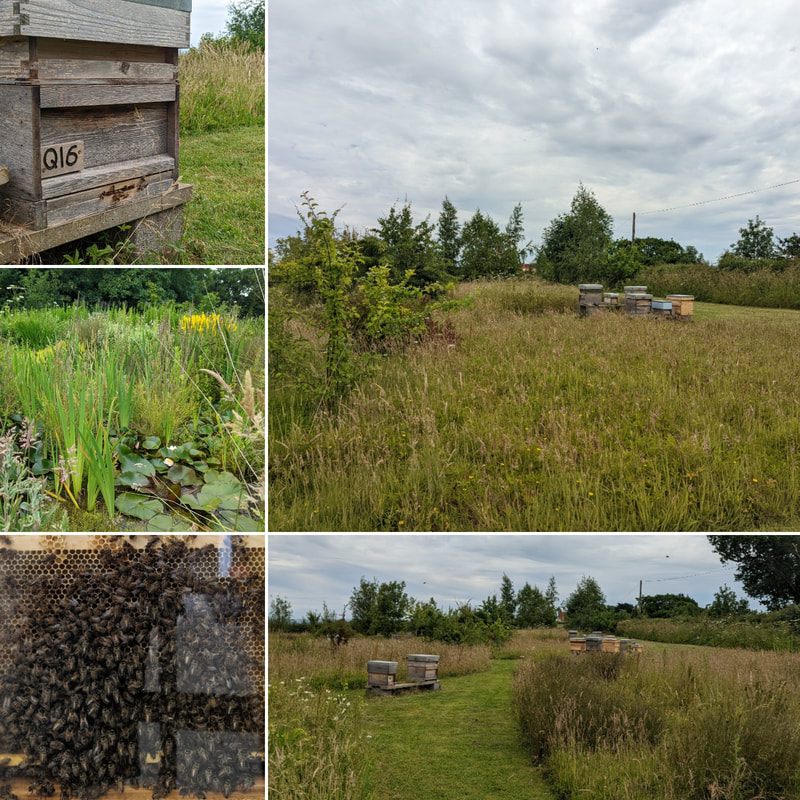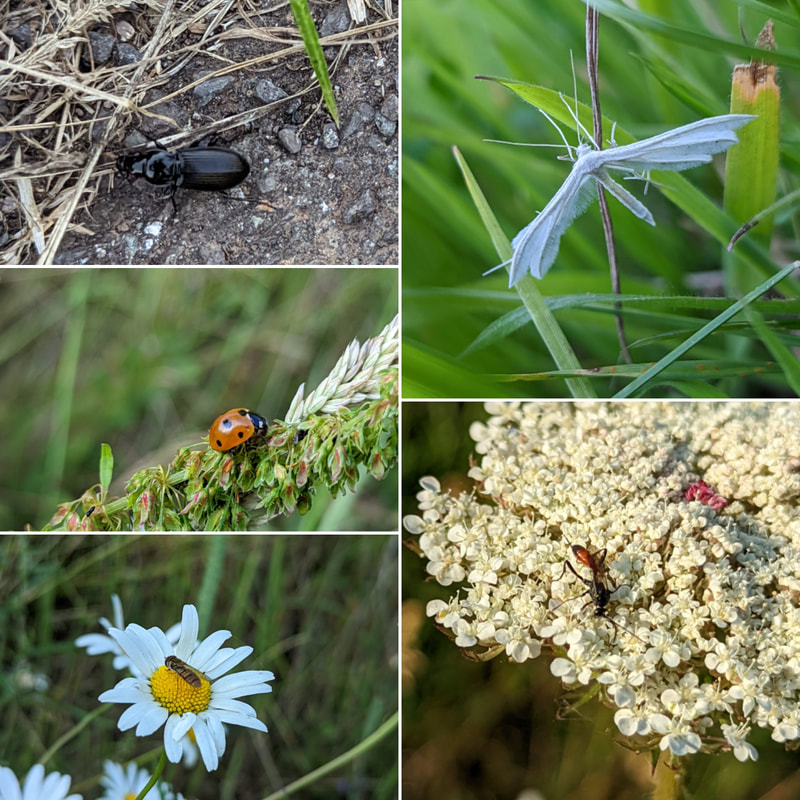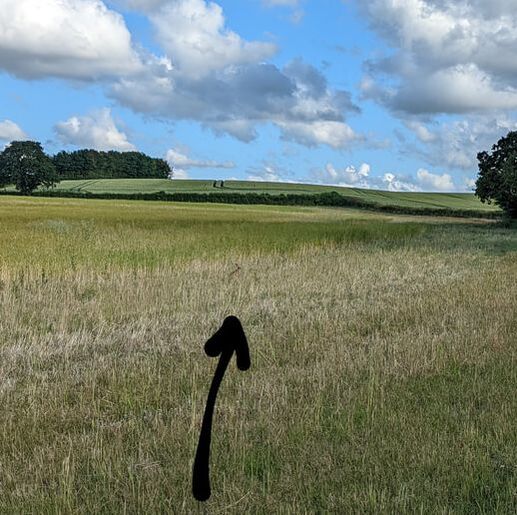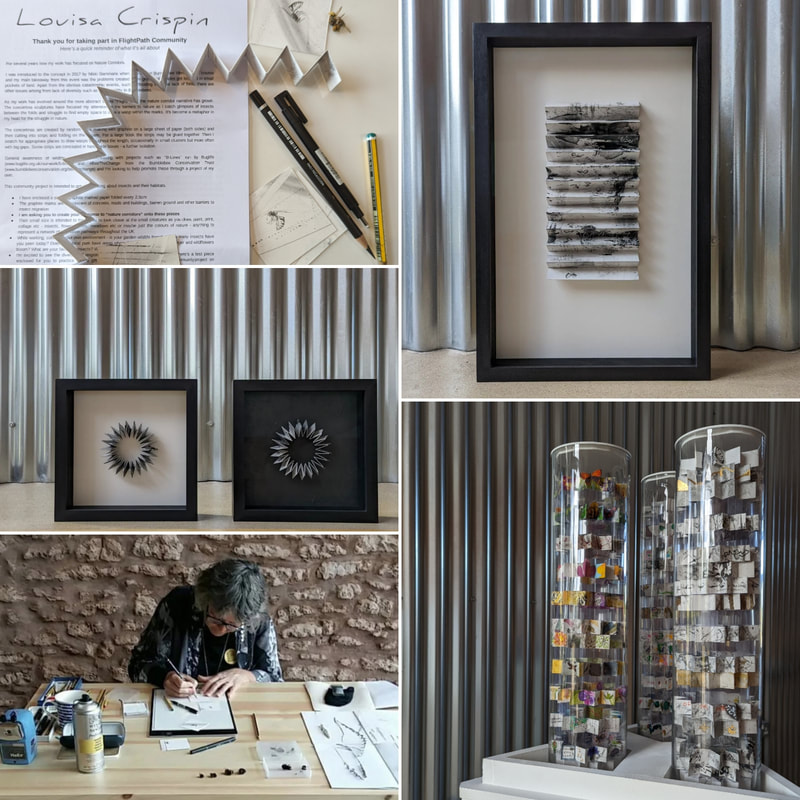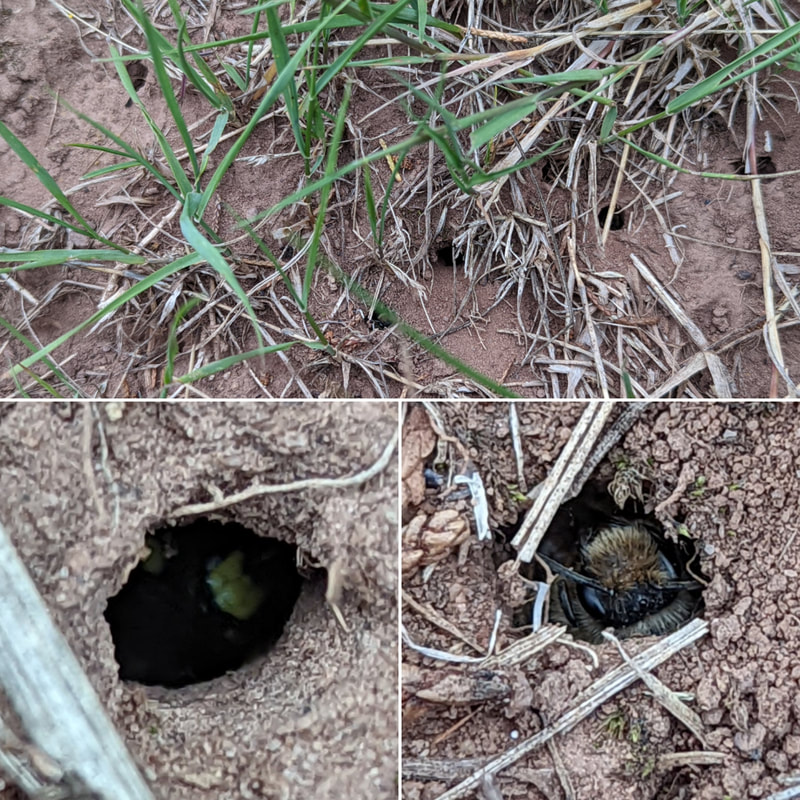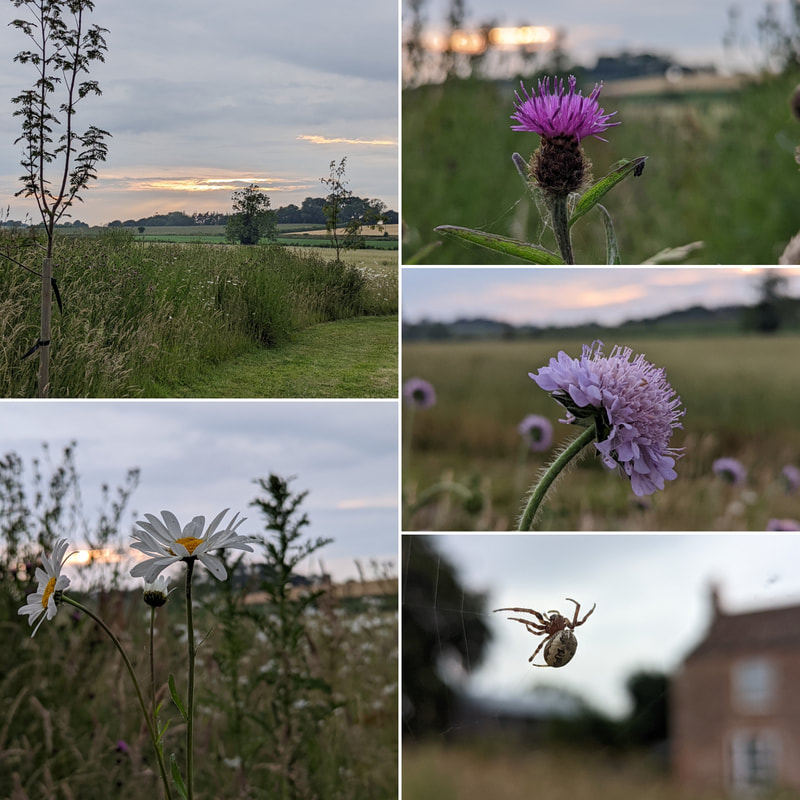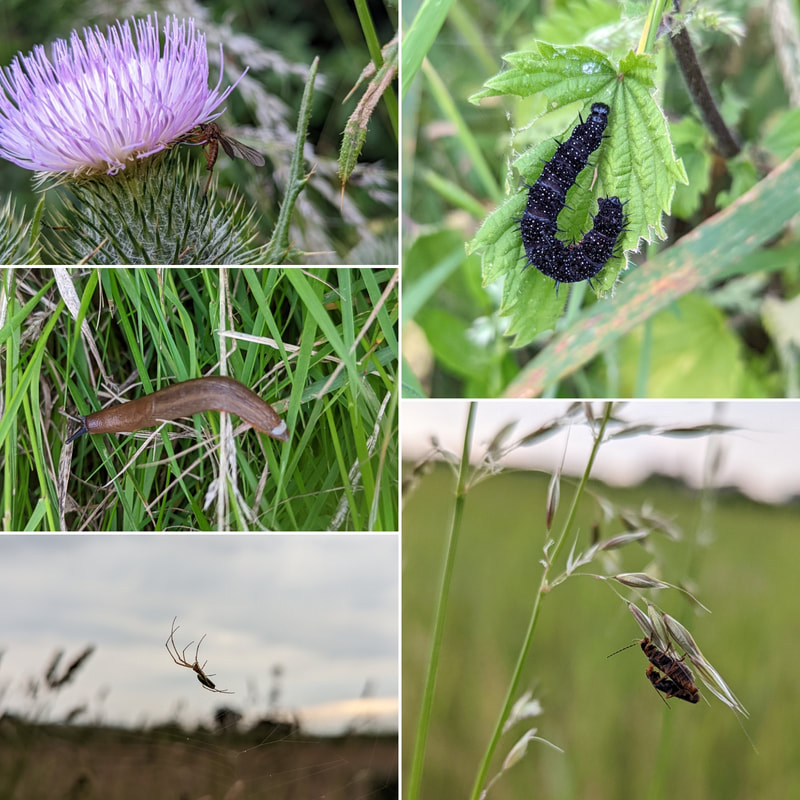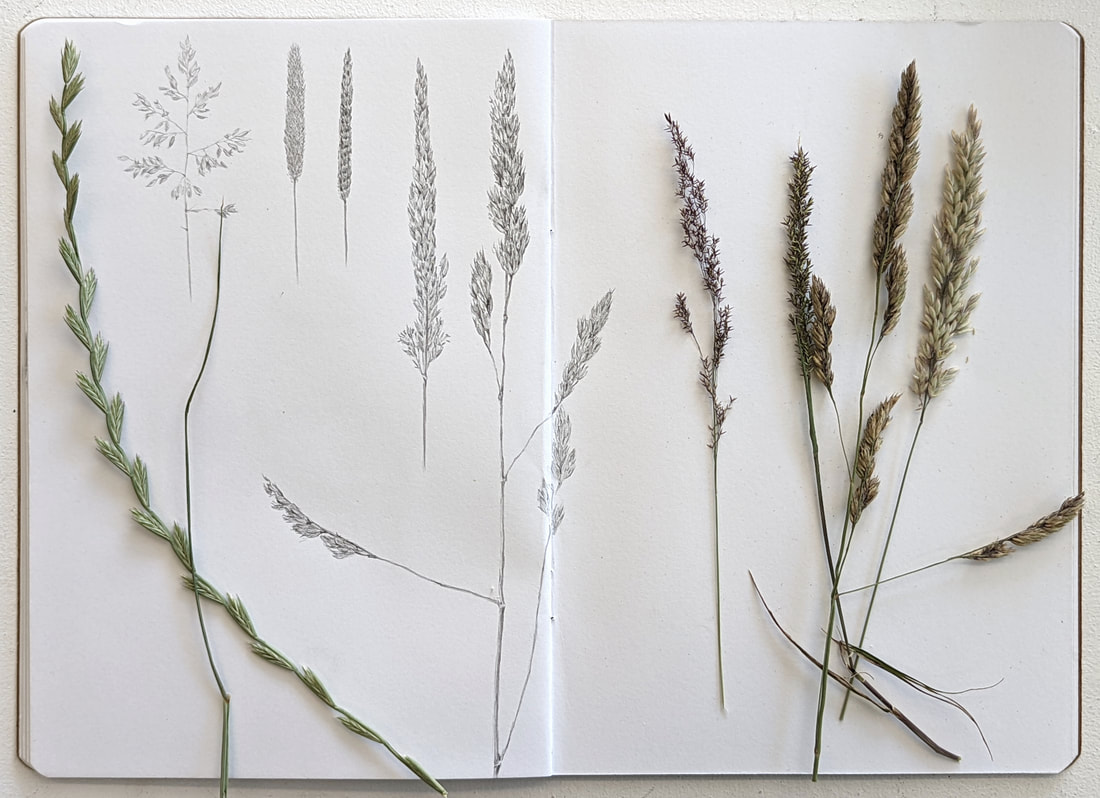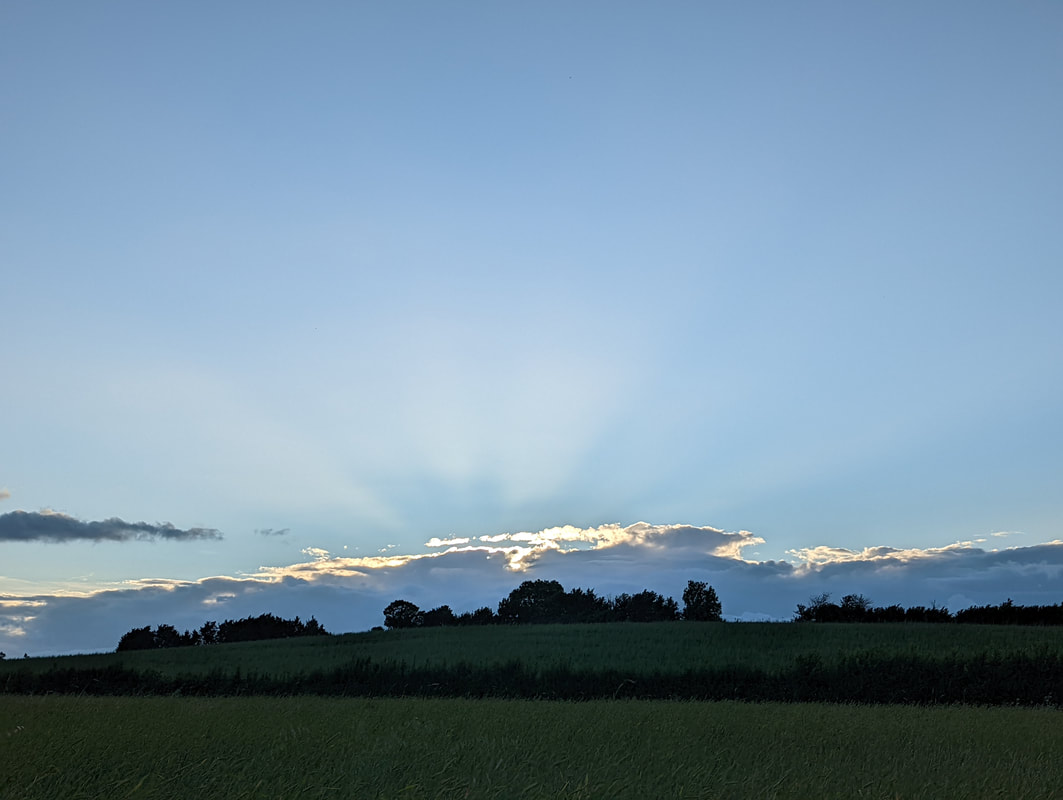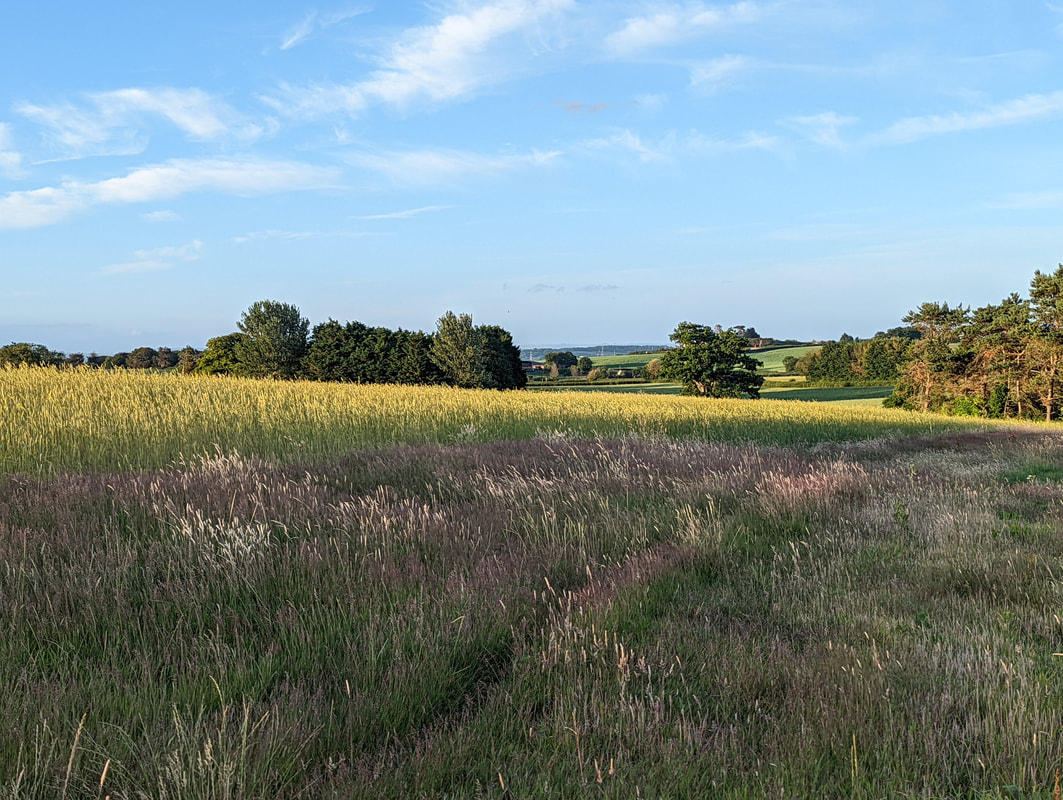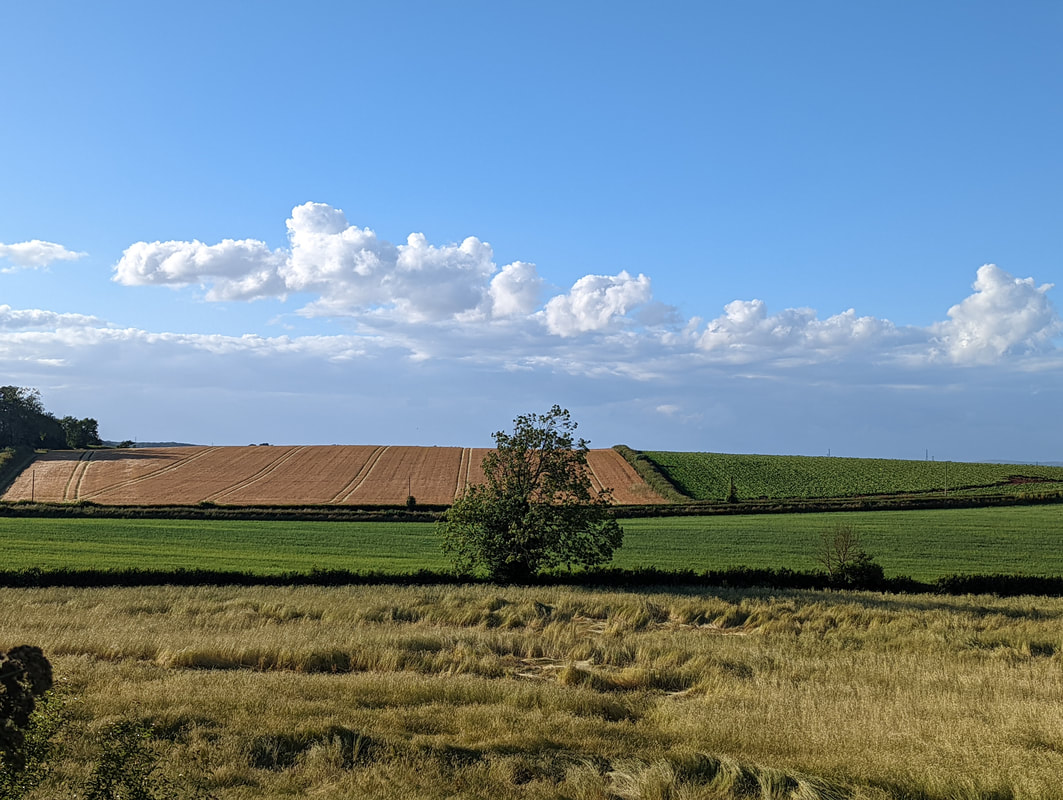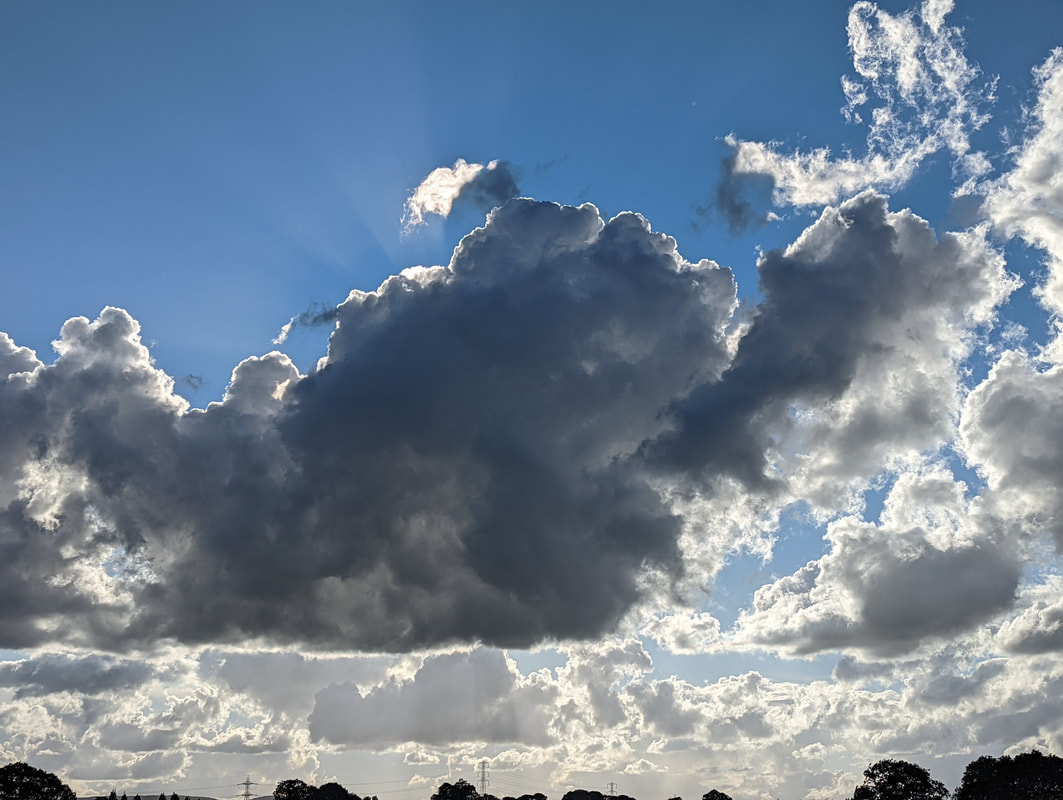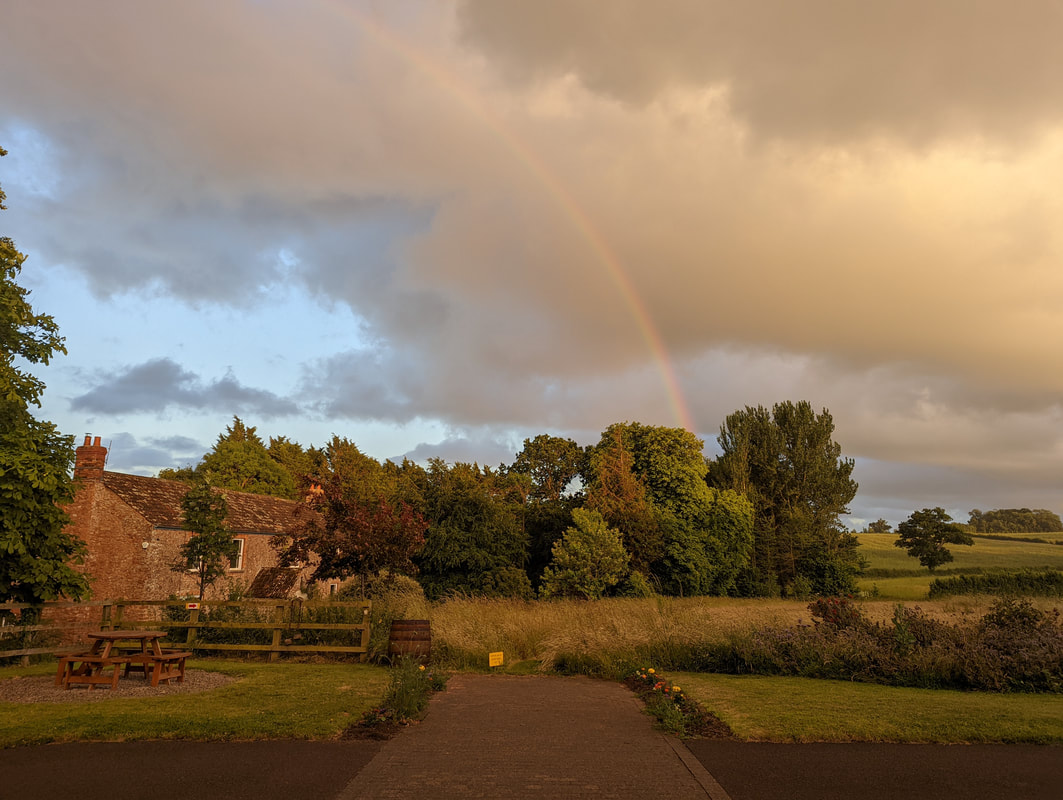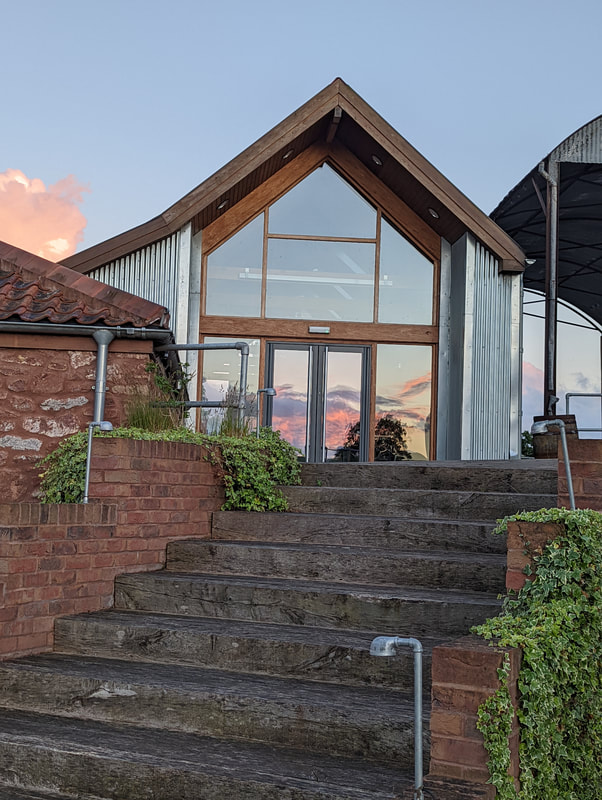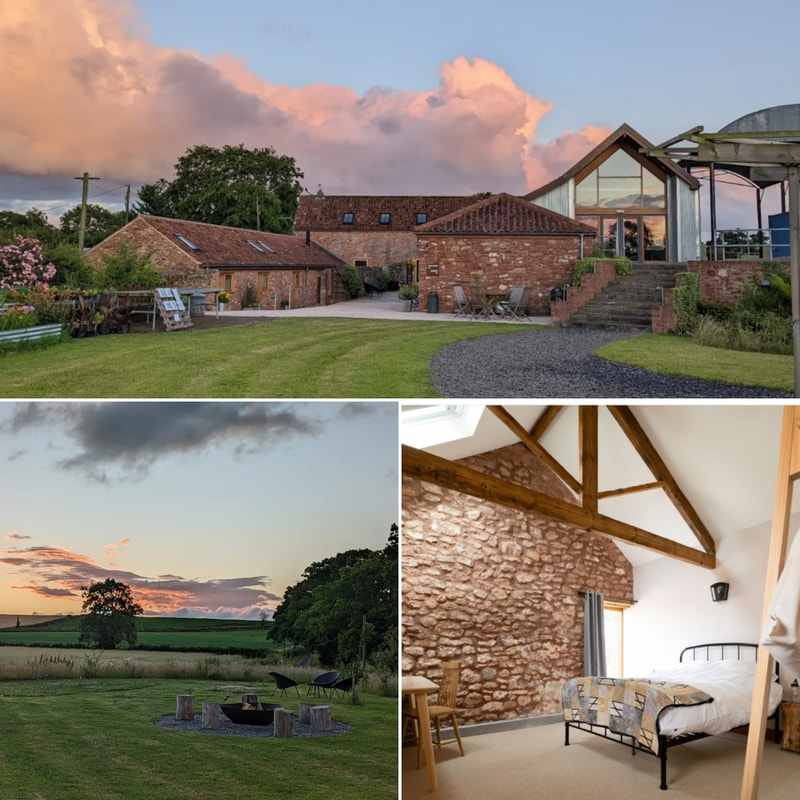|
The perfect place to spend #nationalinsectweek 21st June 2022 brings me to Clayhill Arts near Bridgwater in Somerset for an immersive week of wildlife and art. I was introduced through the Correspondence Collective "Restriction" exhibition and subsequent conversations with Deborah following the Clayhill Creative Forum led to an opportunity to spend time at this unique venue on a self-funded residency. I'm sure you don't need me to say that the past few years have been tough and the chance to immerse myself in the landscape surrounding Clayhill Arts was perfect. In the planning stages, Deborah spent time suggesting funding sources as well as the opportunities available during my stay. This was how I chose to spend the week: 21 June - a four hour journey from Kent went very smoothly despite the first day of train strikes and the beginning of Glastonbury week. A short guided tour of the buildings and then I set off on the first of many walks around the field margins. Clayhill Arts is an 8 acre site within 140 acres of arable farmland. The restored buildings initially opened in 2017 and the gardens have been designed to blend into the landscape. Whilst previously the surrounding land had been intensively farmed, the current tenant is working on more agroecology principles, investigating varieties of grain and several fields of herbal ley surround the buildings alongside wide field margins and mixed hedging. My initial hedgerow walk revealed a plethora of insects and birds on site - the photos represent a random selection of those willing to stay still and let me close enough to take photos. Butterflies and bees filled the herbal ley, House Martins swooped, Buzzards circled and Long Tailed Tits twittered in the Pines: 22 June - a fabulous day with Carole Bury, exploring the landscape and talking process, sharing our artistic knowledge. A wonderful chance to connect in real life. Carole noticed things that I had missed in the hedgerows such as the Peacock Caterpillars on the Nettles and she recognised a Skylark over the field. Together we explored the Restriction exhibition which remains on show at Clayhill (we had both taken part independently) and the Clayhill Arts library, a mix of art, craft and gardening books. In the morning I disturbed a flock of goldfinches and was serenaded at breakfast by a wealth of as yet unrecognised birdsong. 23 June - the Quantock Beekeepers Today I wore yellow - a huge mistake with the fleabeetles out in force. We walked the fields and Deborah introduced me to Ken, from the Quantock Beekeepers, where I spent a fascinating hour learning about Honeybees and role of this group of volunteers in training, mentoring and educating about properly keeping bees. It was obvious from the site that they are fully supportive of ensuring a healthy environment for nature and Ken spoke about the importance of listening to the bees and learning from them as well as cleanliness and the impact of greed! There are opportunities to maintain a hive for a year there, under the guidance of experienced members alongside a bank of training schemes before fully committing to beekeeping. Members are also responsible for examinations at several local colleges. Ken was keen to explain that this was the site of an old rubbish tip which they had cleared, planted and raised funds to build a fabulous building. They have been allocated more land which they are gradually encouraging into a "wild flower" meadow - it was full of insects and birds. Having walked the fields back to Clayhill, I chose to visit the local village, Cannington, in search of food. This includes a stretch of main carriageway with a walking/cycle path alongside which has been planted with the traditional "wild flower mix". Noisy with cars, there was a different range of creatures to spot. With summer solstice, long evenings continue with good weather and open skies kept night at bay. Another tranquil stroll around the fields beckoned again. There was no sense of urgency and it felt safe to wander alone. I was rewarded by my first ever sighting of a hare. The caterpillars were braver in the evenings, making their way to the top of the nettles and the Red Tailed Bumblebees (Bombus lapidarius) made the most of the extra daylight hours to collect nectar and pollen from the red clover. I stopped for a while to watch and listen to a Stone Chat 24 June Just a 30 minute drive across narrow lanes brings you to Hestercombe Gardens, famous for the formal designs of Gertrude Jekyll but equally gaining recognition for the wonderful art installations in the building. I was particularly taken by the work of @feralpractice in "A Rose is a Rose is a Rose". My takeaway response was to consider why we decide to protect some species but not others, which ties in with my work on wasps and other so called "pests". Walking the wilder grounds later I almost trod on this Lesser Stag Beetle (Dorcus parallelipipedus). After watching for a while I carefully moved it to relative safety on the edge of the path and continued my walk. A little later I stepped over a slug in the middle of the path and was several places further on when I realised I had not thought to save the slug! There's quite a rhythm in the walk and I wondered if the "parallelipipedus", part of its Latin name, relates to this ... I believe Pedus relates to foot and parallel is obvious but what about "ipi"? Below is a short recording from a live tv screening (known as the BatCam) - these rare Lesser Horseshoe bats live in the roofspace of the Visitor Centre. I had always thought bats simply sleep during the day but I became fascinated by all the constant movements, particularly the bat in the middle, hanging by one leg and gently twirling. There's also an informative film on the Hestercombe bats here 25/26 June My stay coincided with Clayhill Arts opening under the National Gardens Scheme to raise funds for charity and encourage people to see what goes on there. I was invited to display my drawings and demonstrate during the event and it was a great opportunity to connect with other artists and visitors, particularly engaging children in the insect world. It was fascinating to see my work against the industrial setting complemented by "The English Womans Flora" - 200 flowers from The Observer’s Book of Wild Flowers made from masking tape, wire and graphite by Fiona Hingston. And equally lovely to have the venue back to myself in the evenings, exploring the field margins again and reading books from the library. Sometimes, unwittingly, we (humans) make the perfect habitat. I'd completely missed the little holes where the tractor tyre has accidentally cleared a very small patch of ground. No idea which solitary bee this one is, I'd have to go back in the day to watch them flying - we have around 250 solitary bees in this country and the best way to start identify them is through their wing patterns. Spiders are easier to spot at night, busy building webs to catch prey amongst the grasses. The caterpillars seem much bolder, not sure if that's twilight or simply that they are bigger and hungrier. Many insects spend the night under flowers and leaves. Not sure if the couple were tucked up for the night or still busy! There were a few moths about and one largish beetle buzzed past, no idea what. Not forgetting the slugs... two types but the jet black one wouldn't photograph in the dimming light. And I did some drawing. I was captivated by the wealth of wild grasses growing and found myself considering the connection with the grain fields and it's origins. How did we make the first transition into breeding grass for consumption? Closeup the grasses are exquisite and endlessly varied. Looser than the crop versions but each had it's own patterns and complexities. It feels impossible to put words to this week, I can only give you glimpses through the photos and short recordings. I live on the edge of a village in Kent, with easy access to the many farmland footpaths but walking straight out of my room into this landscape was simply magical. Even the rain pattering on the skylight was soothing and the gentle presence of Deborah and Michael was supportive but unobtrusive. I'm looking forward to returning in September for the "Drawing The Natural World" course with Chris Wallbank and Nik Pollard.
2 Comments
Amanda Steer
4/8/2022 09:25:53 pm
Thankyou for sharing this, so insightful of your experience here as a single woman, mentioning how you felt safe to roam. I have looked and longed to be at the Clayhill Arts venue, and had looked into the course you are on but sadly It clashes with my first day of term. I look forward to seeing your work in response to the course.
Reply
Louisa Crispin
5/8/2022 11:29:44 am
Thank you Amanda - I found it a wonderful relaxing place and I'm excited about the course. So sorry not to see you there
Reply
Your comment will be posted after it is approved.
Leave a Reply. |
Studio BlogWhen there's something happening in the studio you might like to know. If you would like irregular email updates for this blog and/or my Nature Diary or FlightPath Project, you can sign up here:
Archives
January 2024
Categories
All
|
Louisa Crispin
|
Oak Cottage, Talbot Road,
Hawkhurst Kent TN18 4LU (UK) |
|

